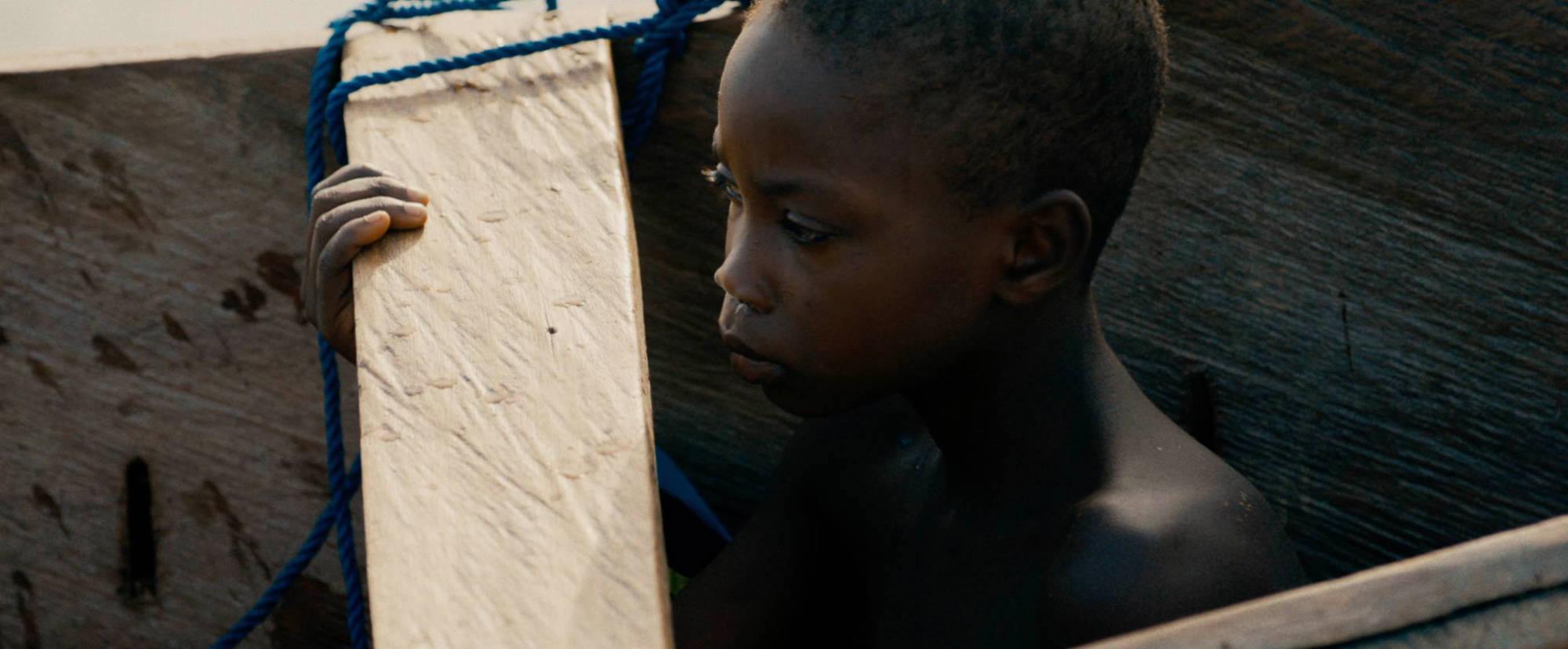
Whilst our capacity for outrage over the most trivial of matters appears to be on an exponential increase, our collective will to eradicate the world’s truly despicable injustices seems woefully lacking. Hoping to cast a light on the child exploitation taking place in Ghana’s thriving fishing industry, Paul Nevison’s Lake Volta provides a firsthand account of the experience of a young boy sold into bonded labour on the world’s largest man-made lake and the years of brutal servitude he and many like him have been forced to endure.
DN is honoured to present the online premiere of Lake Volta and invited Paul to share what spurred him to bring this story to screen and how he combined documentary and narrative filmmaking techniques to effectively convey this harrowingly account of childhoods stolen for profit.
It looked like a scene from a surrealist artwork, the skeletal remains of lifeless trees rising up out of the middle of a large expanse of water, but this was no artwork, rather the very real remnants of a submerged forest created as vast tracts of land were flooded by a 1960s dam project that has created what is now Ghana’s Lake Volta – the largest manmade lake in the world. It’s a ghostly landscape that sears itself into the imagination, but that’s not the most impacting part of the story, as below the trees you can make out tiny boats populated by young boys none older than 10, impossibly young to be out this far on their own?
Despite the end of the slave trade, children in Ghana are becoming slaves once again.
Yet they are here and they are casting out nets. Often diving overboard into the murky depths to free snagged fishing lines caught in the tangle of submerged branches. It’s a scene hard to believe is real. Despite child labour being outlawed in Ghana, thousands of children are enslaved on boats where they provide cheap labour for a lucrative fishing industry.
Ghana is dotted with the relics of its colonial past. Some of the starkest reminders are the towering forts that occupy the coastal cliffs of several sections of the coastline. Beginning in the 16th century, hundreds of thousands of enslaved people passed through these forts as they were loaded like merchandise onto slave ships bound for the European colonies of the ‘new world’. Despite the end of the slave trade, children in Ghana are becoming slaves once again…this time in their own country.
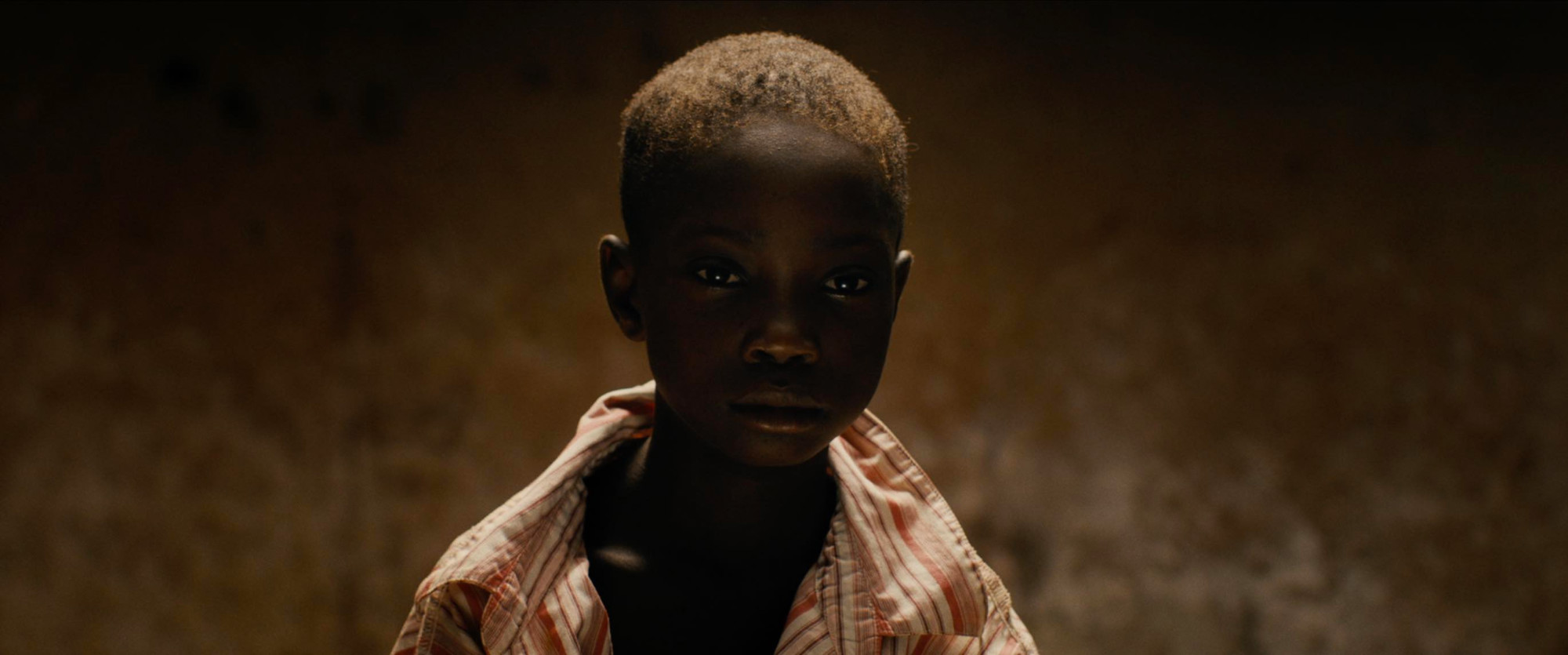
I’ve been traveling in and out of the developing world making documentary films for over 20 years and I have to catch myself sometimes foolishly thinking I can no longer be surprised….The fishing boys of lake Volta reminded me again of both the inhumanity our species inflicts upon one another, but also the great resilience of the human spirit.
While on another shoot in Indonesia we had seen some stills of the child labour situation in the Volta region and it was as shocking as it was viscerally arresting. As soon as we saw that landscape we knew we had to find the story within it. We travel a few times a year documenting the work of Compassion, which is a child sponsorship organisation. We talked to Compassion to see if they had any projects in the area and if the issue of child labour on the lake was affecting the communities in which they were working.

After some research we discovered Henry Amanor, a Compassion project director from the New Ningo district. For years he has been a tireless campaigner against the issue of child labour, often travelling from village to village in his own time to teach parents and children about their rights. Henry has lobbied local authorities on behalf of vulnerable parents that have had their children taken by traffickers and has seen a number of children returned safely to their families.
It can be something of a minefield of ethical considerations when telling stories that deal with exploitation.
The traffickers prey on poor families with empty promises of care and education for the children and ongoing remittances that never eventuate. In reality, the children are taken far away and forced to work in horrendous and unsafe conditions where children are routinely injured and some even lose their lives.
It can be something of a minefield of ethical considerations when telling stories that deal with exploitation, so we quickly decided the best way to bring audiences into the world of the Volta fishing boys was to utilise narrative vignettes. In particular we chose to tell the story of Ebenezar, one of the former fishing boys Henry had helped.

The intent behind the vignettes was to try and transport the viewer into the boat with the kids … to become a silent crew member in order to feel the fear that these kids experience every day as they launch their boats. We augmented these narrative scenes by threading an anchoring interview with Henry to contextualise the issues against the broader community landscape.
We were introduced to a group of boys from a local fishing village who graciously became the actors for our vignettes. They were not themselves victims of trafficking but knew of plenty of boys who had been taken.
Shooting in the developing world on a small budget and limited crew is always a challenge with its far-flung locations, intermittent electricity supplies and language barriers…but it’s also a great privilege to be welcomed into remote communities and discover our common humanity.





We had a tight turn around of 5 days on the ground including location scouting, casting and filming so our DP, Bjorn Amundsen, decided to shoot the film with a combination of the Arri Amira with Canon Cine Primes and a Red Epic W that we had permanently rigged to a Movi Pro. This helped us save time moving between setups to have the Red and Movi combo ready to go for the cinematic vignettes and the Amira for the more straight documentary sequences and interviews. We used a GoPro Hero 6 for the underwater sequences.
Shooting on the water was tricky and it took us a few days to locate and negotiate a decent follow boat that would allow us a stable platform to shoot the on water scenes. With no phone signal it was often a literal shot in the dark trying to coordinate to meet the kids at our on water locations usually before 4am each day…but every morning we got lucky, actually bumping into their boat in the middle of the lake.
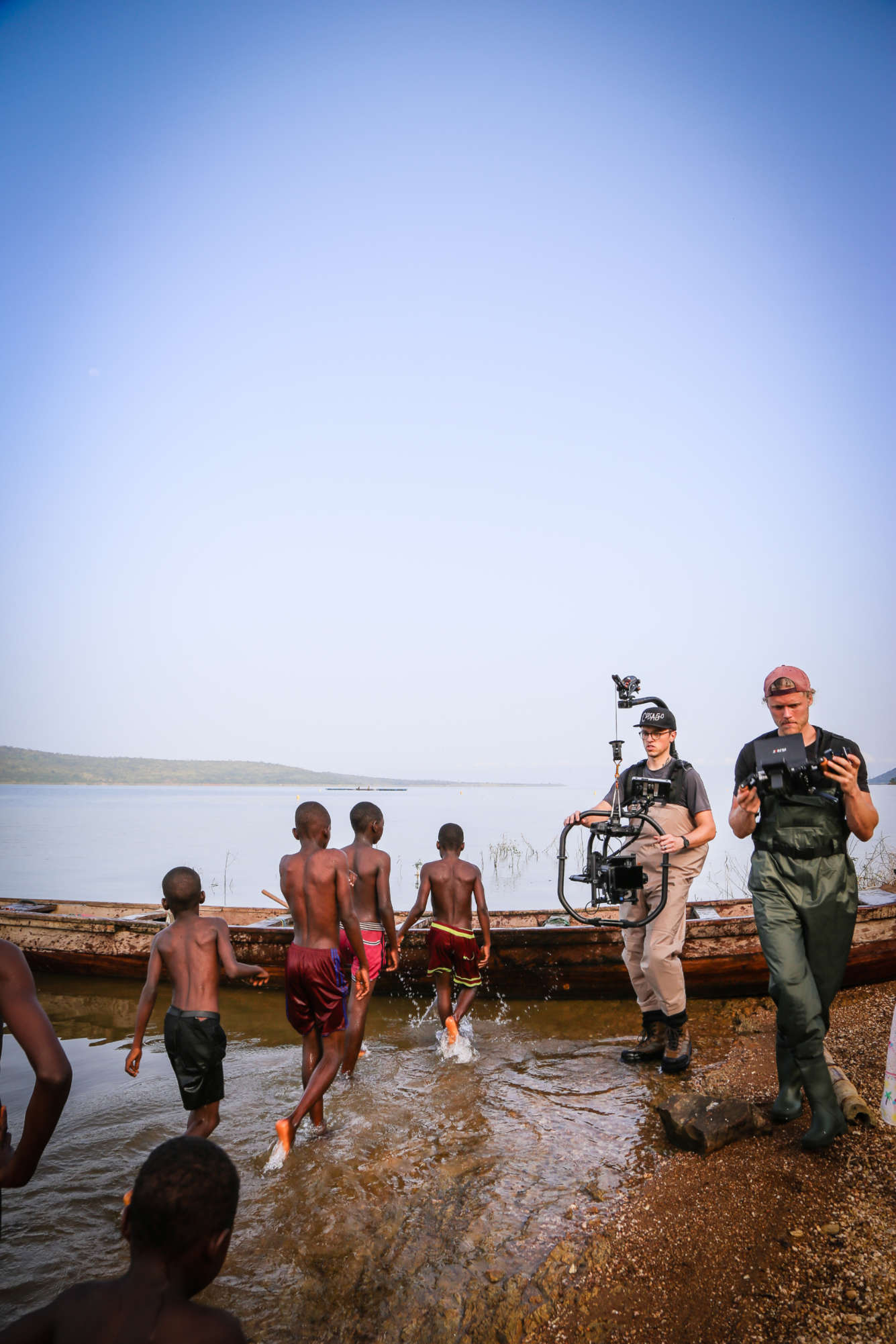

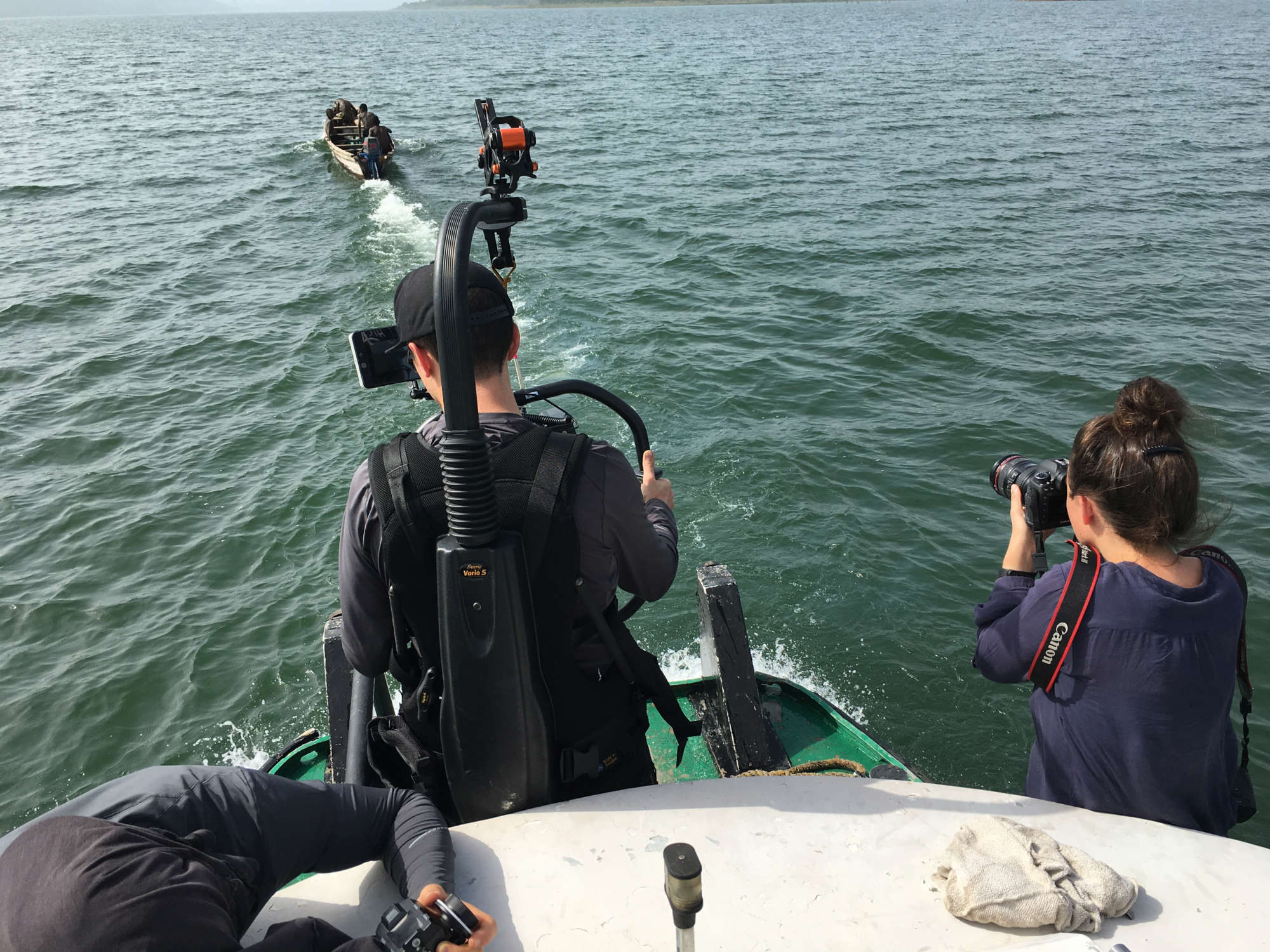

At the end of the trip we had one morning to shoot at the former slave fort at Elmina. It was a sobering experience to walk the same dank dungeons where so many people had their hopes extinguished. It was a fitting reminder that while the transatlantic slave trade is over, the spirit of slavery lives on to this day, insidiously morphing into different forms across the world.
While the transatlantic slave trade is over, the spirit of slavery lives on to this day.
When we returned from Ghana we had about 6 weeks in post. The joys of high-speed internet have removed the barriers to cross-border collaboration, so while I was working on the edit in my studio on the Sunshine Coast in Queensland Australia, the score was being composed by Brett Anthony Shaw based out of Brisbane. Sound design and mix was handled in Chicago by Ryan Pribyl at Level Audio and colour and titles were completed By Matt Fezz in Sydney.

I always feel privileged to be invited into these worlds and to be able in some small way to bring these stories to a wider awareness. This was an impacting project to be a part of and I come away with a mix of emotions…from the wonder at the surreal landscape to the harrowing history of the slave trade and its present day manifestation on the lake, to the reality of kids having to be warned about the dangers of child labour not as some theoretical notion, but as a clear and present threat to their childhoods.
Volta is not easily left.

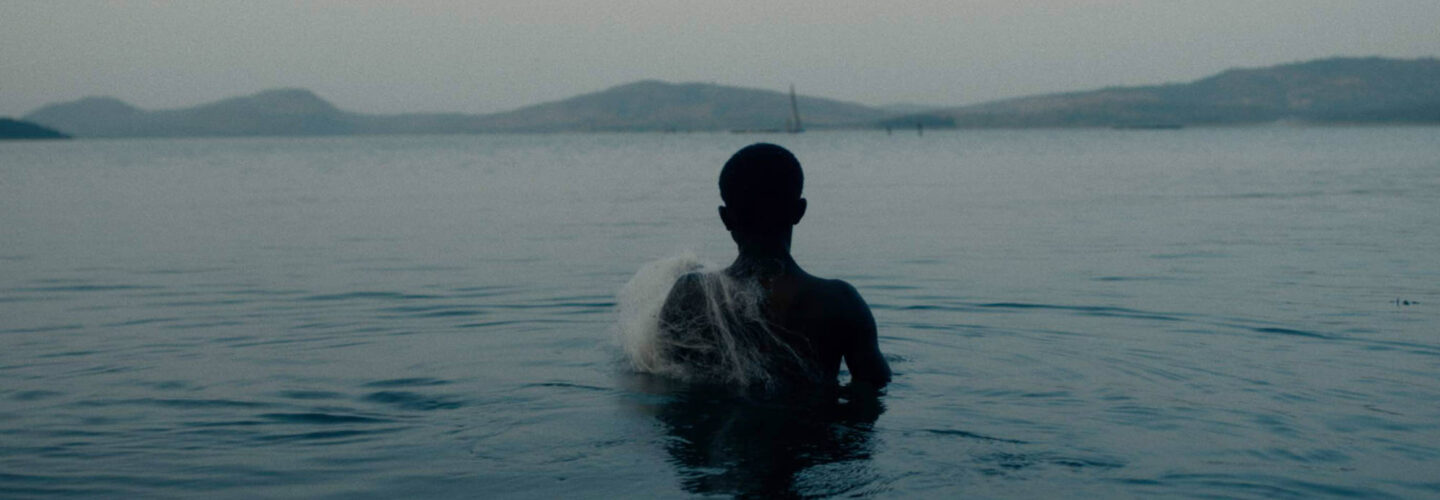

Thank you for sharing your thoughts, experience and talent, I enjoyed your article. Wtgn, NZ
Glad you enjoyed it Angelo, it’s a great piece of work.